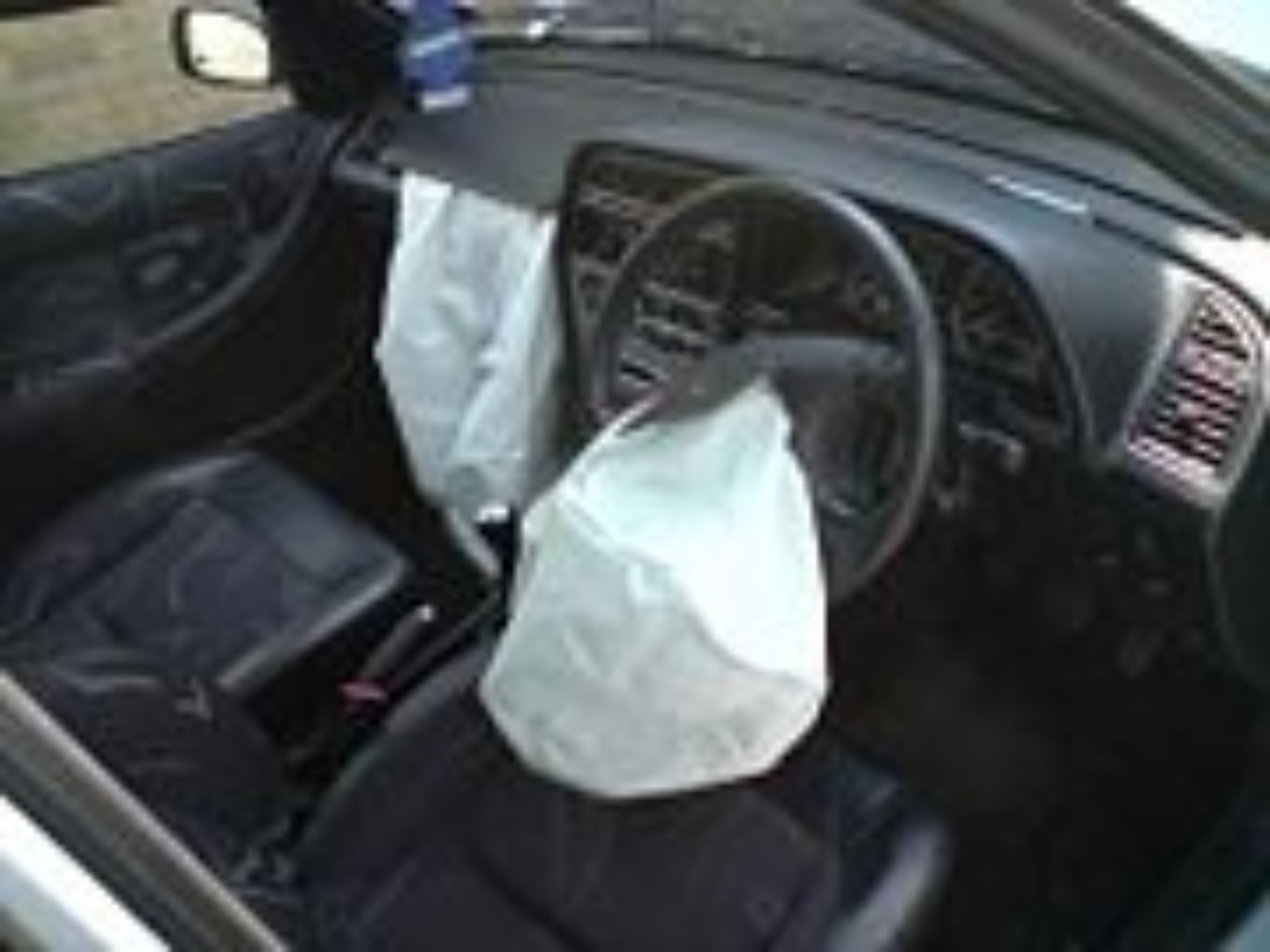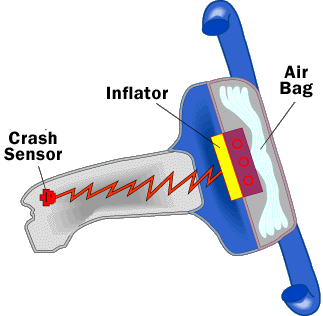Automobile safety defined : Active and Passive Safety
Safety isnt just a word, but a preferred culture
Safety can be seen as Relative freedom from danger, risk, or threat of harm, injury, or loss to personnel and/or property, whether caused deliberately or by accident.
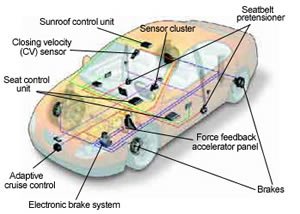
Image credit
Automobile safety is categorized into active and passive safety. Active safety is used to refer to technology assisting in the prevention of a crash and "passive safety" to components of the vehicle (primarily airbags, seatbelts and the physical structure of the vehicle) that help to protect occupants during a crash.
Modern vehicles contain what engineers sometimes refer to as a life space. The life space is a protected area around vehicle occupants within which the chances of escaping a crash with minimal injuries are more likely. Passive safety features work to ensure that this life space is as safe as possible, and that vehicle occupants remain in this space throughout the crash. Crumple zones help to absorb and distribute crash forces before they reach the passenger and driver’s seats. Similarly, seatbelts , airbags, and
headrests help keep the driver and passenger(s) stationary within the life space of the vehicle. Safety features like these reduce the risk of serious injury and allow drivers and passengers to ride out a crash.
The active safety features are mainly the features that work to prevent the risk of a collision or an accident. These are so named because they are always active, and working to prevent an accident. Passive Safety Features, on the other hand, are systems that are passive(idle) until called into action. They become active during the accident and aim to help minimized the damage from the collision. Despite the classification of these features as “passive”, they are extremely important when it comes to reducing the severity of crash injuries
Crashworthiness
Crashworthy systems and devices prevent or reduce the severity of injuries when a crash is imminent or actually happening.
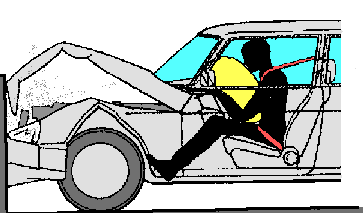
Image credit
Crashworthiness systems includes;
- Seatbelts regulates the forward motion of an occupant, stretch to absorb energy, to lengthen the time of the occupant's negative acceleration in a crash, reducing the loading on the occupants body. They prevent occupants being ejected from the vehicle and ensure that they are in the correct position for the operation of the airbags.
- Airbags inflate to cushion the impact of a vehicle occupant with various parts of the vehicle's interior. The most important being the prevention of direct impact of the driver's head with the steering wheel and door pillar.
- Laminated windshields remain in one piece after impact, preventing penetration of unbelted occupants' heads and maintaining a minimal but adequate transparency for control of the car immediately following a collision.
Air bags
An air bag, also known as an Air Cushion Restraint System (ACRS) or Supplemental Restraint System (SRS), is an
automobile safety device that automatically inflates upon collision to protect the riders from serious injury.
How Air bag works
A specific type of engine control unit monitors a number of related sensors within the vehicle, including accelerometers, impact sensors, wheel speed sensors, gyroscopes , brake pressure sensors, and seat occupancy sensors. This sensors gives a feedback message to the ECU.
Although we don't usually associate automobiles with chemistry, a lot of chemistry takes place in a working car--the burning of gasoline to run the engine, for example, and chemical reactions in the battery to generate electricity. Another reaction, one that most drivers would just as soon not experience firsthand involves the air bag. Air bags are not inflated from some compressed gas source but rather from the products of a chemical reaction. The chemical at the heart of the air bag reaction is called sodium azide, or NaN 3
Sodium is a very reactive metal that will react rapidly with water to form sodium hydroxide; as a result, it would be quite harmful if it got into your eyes, nose or mouth. So to minimize the danger of exposure, air bag manufacturers mix the sodium azide with other chemicals that will react with the sodium and, in turn, make less toxic compounds.
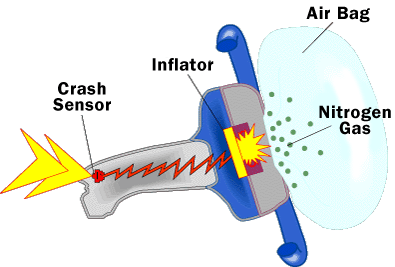
Image source
0.03 SECOND is all it takes to inflate an air bag.
In conclusion, let safety be your watch word. Safety first, Think it, Act it and Be it. Be a safety ambassador
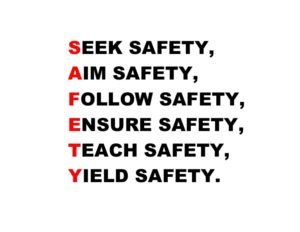
Thanks for stopping by
